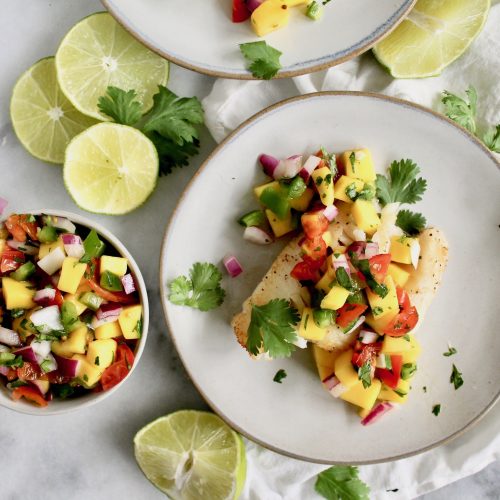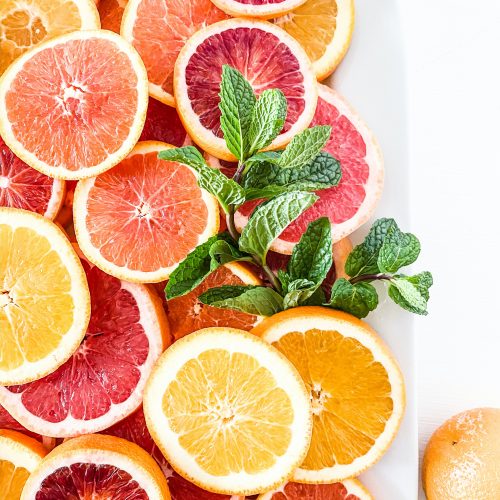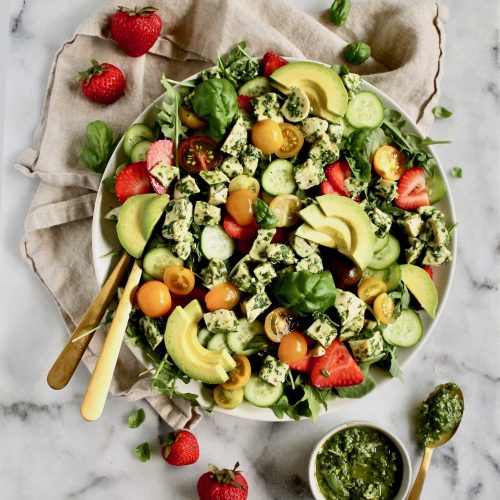It’s no secret that fish has several enticing health benefits. It’s a great source of protein, vitamin D, and omega-3 fatty acids. However, 90% of fish populations are currently fished at, or above, their sustainable limits. So how do you enjoy your delicious Ginger Scallion Salmon while not adding to that statistic? When is farm-raised helpful or harmful? Here are 5 tips for buying sustainable seafood:
1 | Find a Sustainable Consumer Guide for Your Local Area
The Monterey Bay Aquarium has done most of the work for you! Their website, Seafood Watch, has pocket-size printable consumer guides for each state to help you find responsible seafood choices. They also have a very comprehensive and extremely helpful searchable database of seafood and sushi, categorized into Best Choices, Good Alternatives and Options to Avoid.
2 | Look for Eco-Certification Program Labels
Reputable certifying programs include: Aquaculture Stewardship Council (ASC), Best Aquaculture Practices (BAP), Naturland, Canada Organic, Friend of the Sea, and Marine Stewardships Council (MSC). These make sure the farming and fishing practices are environmentally and socially responsible.
3 | Understand “Farmed” Versus “Wild Caught”
There are a lot of myths about both of these, and there is no black-and-white answer to whether one is better than the other. Farmed and wild caught options both have their pros and cons. For instance, farmed fish has a bad reputation for being unhealthy due to added dyes, genetically modified fish and use of antibiotics. There are also environmental and animal welfare concerns. However, wild-caught options have led to over-fishing of certain species and harmful fishing practices. The key here is to know where the seafood comes from. Fish farming, or aquaculture, has come a long way in recent years, addressing poor environmental practices and producing high quality and healthy seafood. Buying seafood from best-practice fish farms can be healthy and responsible. Understanding where your wild-caught seafood comes from is also important. For instance, while Pacific cod from the Bering Sea may be abundant, wild-caught Atlantic cod is at serious risk.
4 | Know Where Your Seafood Comes From
It may take a little digging, but knowing the country of origin is super helpful (especially when using the Seafood Watch database). All seafood in the U.S. must have country-of-origin labeling (COOL) and most restaurants and fishmongers should be able to tell you where the seafood is sourced. Remember, where a fish is packaged is not necessarily where it is sourced.
5 | Avoid Fish Fraud
Fish and seafood fraud, or misleading consumers about their seafood in order to increase profits, is much more common than you may think. An Oceana study found that in Southern California, 52% of seafood in retail outlets was mislabeled! Oceana’s suggestions for consumers: ask questions, check the price (avoid deals that seem too good to be true), and purchase the whole fish when possible. Commonly mislabeled fish include salmon, snapper, grouper and rockfish.
Shopping for sustainable and healthy seafood can be daunting at first, but a little research and knowing where your seafood comes from will lead to healthier and more responsible choices!
Previous Posts

Recipes
Mahi Mahi with Mango Pico de Gallo
Enjoy this Mahi Mahi with Mango Pico de Gallo on its own or on a corn tortilla with avocado for a perfect summer fish taco!
Read More
Lifestyle
5 Tips for Better Digestion
Bloating, gas, and indigestion are some of our clients’ most common frustrations. So we’ve put together a list of our five best tips for better digestion.
Read More
Recipes
Pesto Chicken Salad with Strawberries and Arugula
This summer salad recipes seriously checks all the boxes – savory pesto, sweet, juicy strawberries and nutty arugula?? Swoon.
Read More


